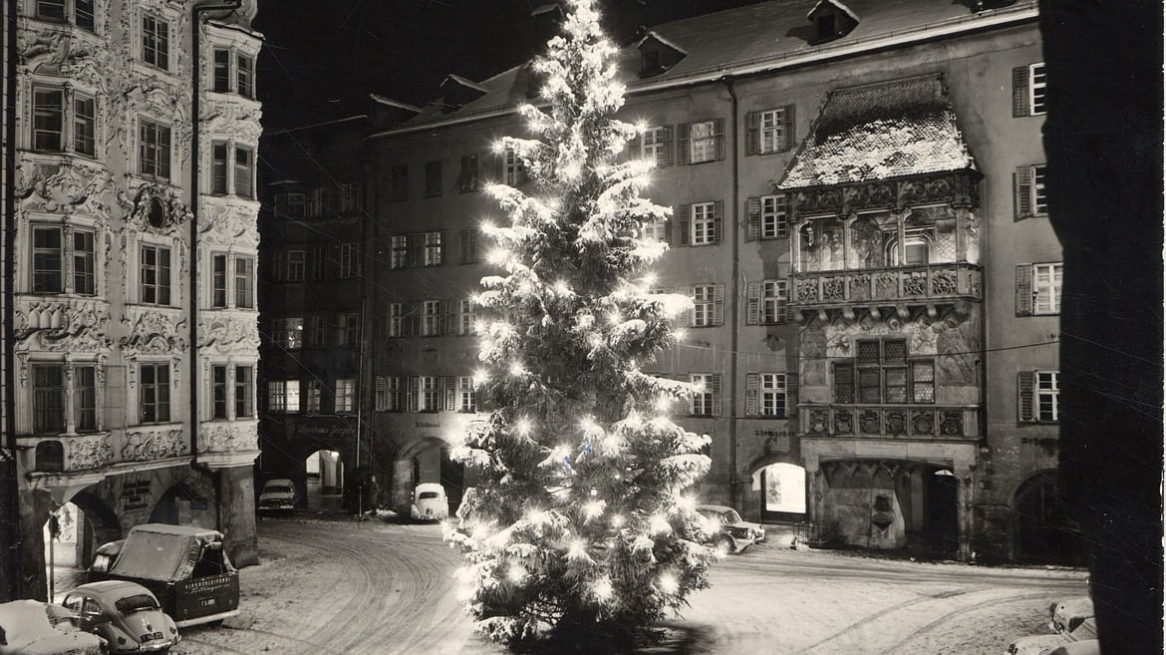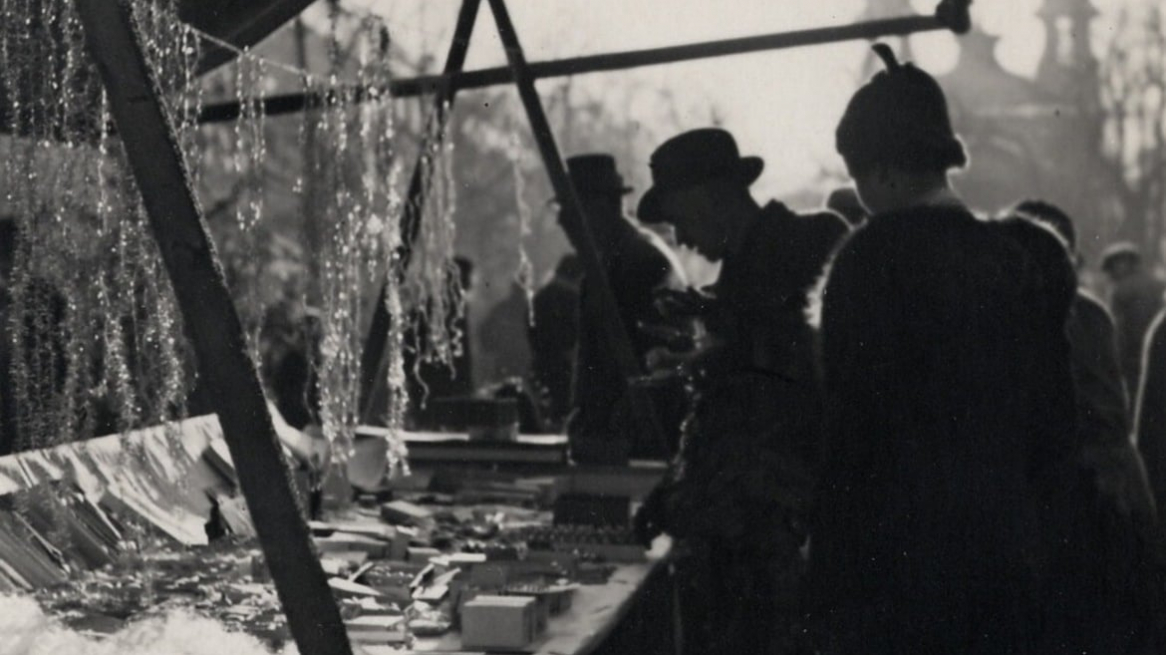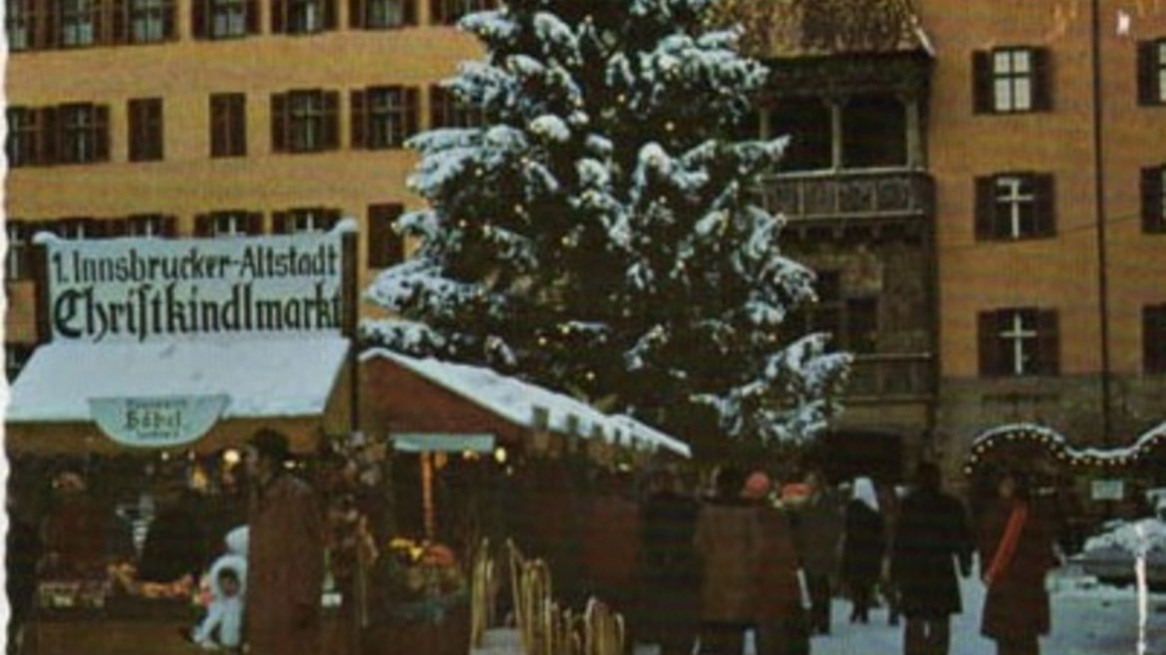The Thomas Market
Later on in December, the Thomas Market would come to town. This one-day market extravaganza also started in the 17th century and took place throughout the city centre, including the Old Town, Maria-Theresien-Strasse and Innrain (close to today’s Terminal Marktplatz). But instead of Glühwein and Christmas decorations, the Thomas Market sold every item you can imagine: meat, fruit, grain, pulses and leather goods were just some of the wares on offer. For children, the highlight was in the Maria-Theresien-Strasse, where all manner of toys and sledges were available to buy.
But it wasn’t just Innsbruckers who shopped at the Thomas Market. People came from all over Tirol as well the neighbouring regions of Bavaria, Vorarlberg and Salzburg to stock up before Christmas. Many of these long-distance visitors arrived on special trains that were put on to bring people to Innsbruck for the markets. In 1903, a whopping 3.000 visitors arrived on these trains alone.







